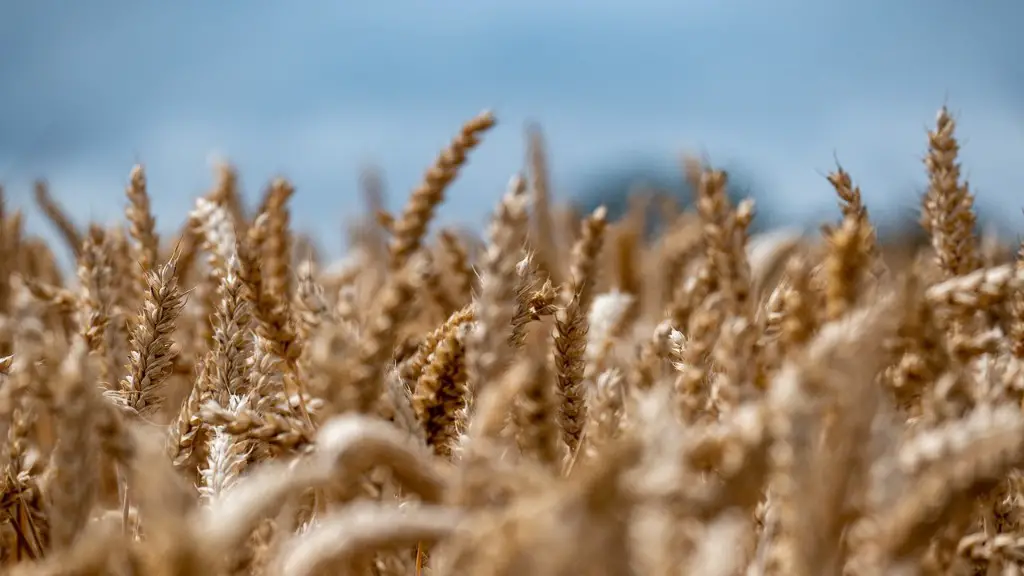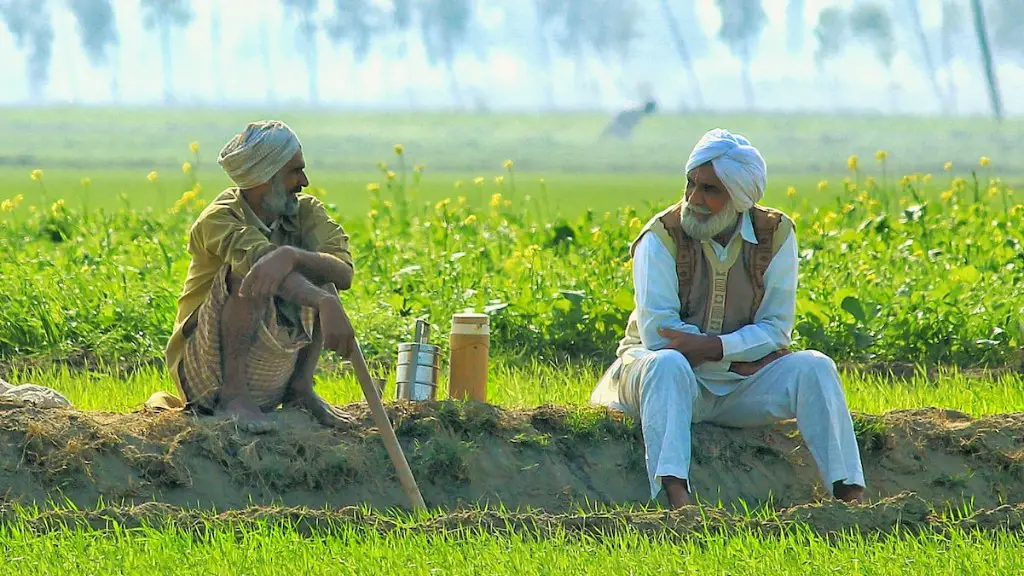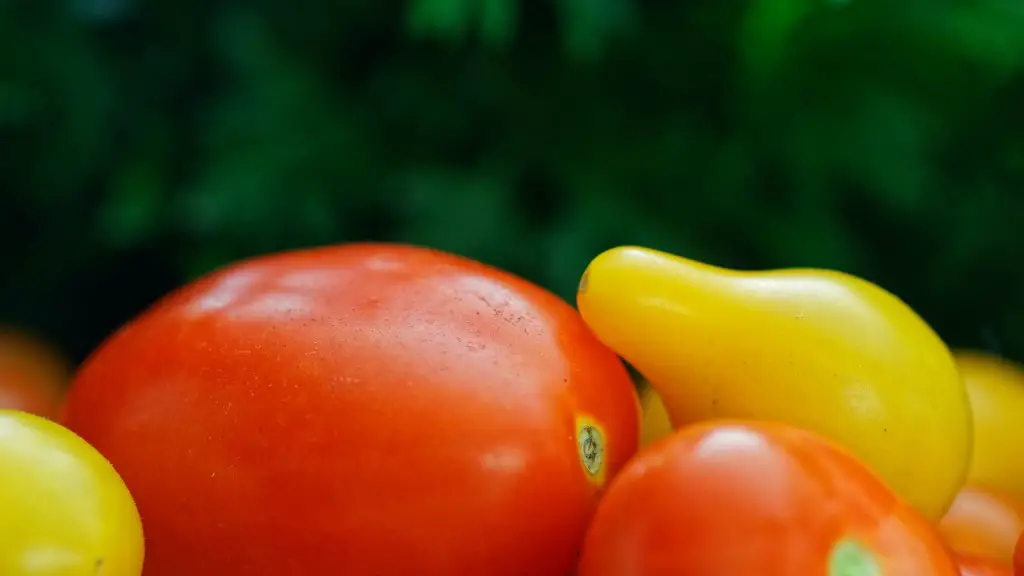Every year, vast swaths of land are cleared of trees and vegetation, and pressed into service to supply the world’s growing demand for food. How much land is cleared for agricultural use? The answer has profound implications for biodiversity, global climate change, and the future of humanity.
According to the World Atlas, an estimated 12 million hectares of land are cleared for agricultural purposes each year. This is a surprisingly small amount when compared to the total 320-million-hectare area of the planet allocated for permanent crop production. However, this land is cleared for a variety of reasons, including deforestation, drainage, and land degradation due to over-cultivation.
These figures are based on estimates from the United Nations, which states that around 12 million hectares of land are cleared for agriculture each year. Of this amount, approximately 5 million hectares is for arable farming, 1 million for permanent crop cultivation, 5 million for pasture and grazing land, and 1 million hectares for forestry, farming and animal husbandry.
The vast majority of this land is cleared in developing countries, with Africa, Asia and South America accounting for more than 80% of the total cleared land. These countries are also struggling with rapid degradation of agricultural land due to over-cultivation, unsustainable farming practices and inappropriate land use.
The process of land clearance involves the conversion of key habitats such as forests, wetlands and grasslands into farmland. The resulting land degradation can have a significant impact on the local environment and ecosystems, and can lead to the loss of local biodiversity, soil erosion and the disruption of the natural water cycle.
In addition, deforestation has a direct impact on the global climate, as it reduces the amount of carbon stored in the atmosphere. Therefore, it is essential that land clearance for agricultural use is managed sustainably and carefully, in order to minimise the environmental impacts it can have.
In conclusion, millions of hectares of land are cleared for agricultural use each year, with a disproportionately higher impact on developing countries. Unsustainable land clearance can have a significant impact on the local environment, with potential global implications in terms of biodiversity, soil erosion and climate change.
What is Land Degradation?
Land degradation is the loss in the quality or quantity of natural resources such as soil fertility and water availability due to unsustainable land use practices, deforestation, drought and other environmental stressors. Land degradation has multiple detrimental impacts on agri-food systems, land productivity, biodiversity and the local economy, and can even result in desertification in certain regions.
The UN estimates that nearly a quarter of the world’s agricultural land is currently experiencing some form of degradation due to unsustainable farming practices and land use change. This degradation is largely driven by land clearance for agricultural production, such as deforestation for expanding crop production or pasture for livestock.
In addition to contributing to land degradation, land use change can also disrupt the natural water cycle, leading to increased flooding and soil salinity in certain regions. This is particularly problematic in lower-lying areas where agricultural productivity is already affected by poor soils and a lack of irrigation systems.
Furthermore, land degradation can reduce land productivity, resulting in decreased crop yields and surface water quality. This can reduce food production, reduce income from agricultural activities, and lead to a decrease in nutritional intake from locally-produced food.
It is clear that land clearance for agricultural activities must be managed responsibly and sustainably in order to protect the environment, preserve biodiversity and secure food production for future generations.
What is Sustainable Agriculture?
Sustainable agriculture is an agricultural practice that aims to improve the efficiency and sustainability of agricultural production and preserve natural resources, such as land, water and biodiversity, while maintaining the productivity of crops and livestock.
By applying principles such as water conservation, soil fertility management, crop rotation and integrated pest management, sustainable agriculture can help reduce land degradation, improve environmental protection, increase crop yields and reduce food insecurity.
In addition, sustainable agriculture can also benefit local economies by providing more income opportunities and job security, as well as providing a more secure source of income and food for local communities.
Sustainable agriculture is especially important in developing countries, where land degradation and food insecurity are often more pronounced. As such, promoting sustainable agriculture and land management practices can help to reduce land clearance for agricultural purposes and help to protect valuable natural resources.
Therefore, sustainable agriculture should be seen as an integral part of global efforts to reduce land clearance and promote sustainable food production.
What Are the Benefits of Sustainable Agriculture?
The implementation of sustainable agriculture can bring a number of benefits, from improved crop yields to decreased pressure on natural resources. Firstly, it can help to reduce land clearance for agricultural purposes, thereby reducing the impact of land degradation and deforestation on biodiversity and the environment.
In addition, sustainable agricultural practices can increase soil productivity and decrease erosion, thereby helping to improve local crop yields and reduce food insecurity. Sustainable practices such as crop rotation and integrated pest management can also reduce the need for fertilisers and pesticides, helping to reduce air, water and soil pollution.
Furthermore, sustainable agriculture can also create more employment opportunities through the adoption of sustainable technology, such as solar pumps and irrigation systems. This increased employment can lead to higher local incomes, better housing, access to healthcare and improved education.
Sustainable agriculture can also be beneficial for animal welfare, by improving standards of animal husbandry and providing more natural feeding opportunities for livestock. In turn, this can reduce the need for factory farming and help to ensure the humane treatment of animals.
Finally, sustainable agricultural practices can also benefit local economies, by providing a more secure source of food, income and employment. This can help to reduce poverty, boost the local economy and support communities to become more self-reliant.
How Can We Encourage Sustainable Agriculture?
There are a number of ways to encourage farmers to adopt sustainable farming practices. Firstly, governments and policy makers should create incentives and provide access to resources, such as agricultural extension services and credit programmes, which can help to encourage the adoption of sustainable agriculture.
Furthermore, financial institutions should also provide farmers with access to fair and flexible loans to help them invest in sustainable technology and practices, such as the introduction of water conservation systems or the development of agricultural co-operatives.
In addition, education and outreach programmes can help to raise awareness of the importance of sustainable agriculture and help to educate farmers on how to implement sustainable practices. This can include providing farmers with access to training and advise on topics such as soil fertility management, crop rotation, integrated pest management and water conservation.
Finally, it is also important to ensure that sustainable agriculture is profitable for farmers, by ensuring access to markets for sustainably-produced goods, providing certification for sustainable products and creating mechanisms for regulating pricing.
By taking these steps, it is possible to ensure that sustainable agriculture is embraced and supported by both government and industry, helping to ensure the sustainable use of land and improve food security.





